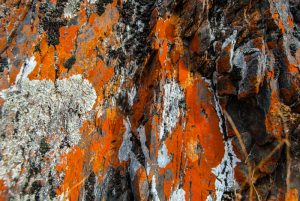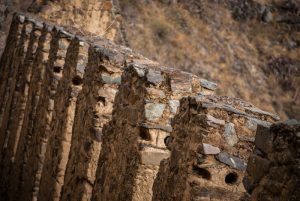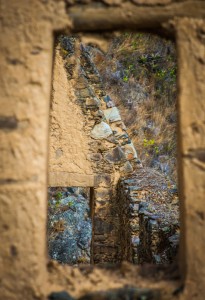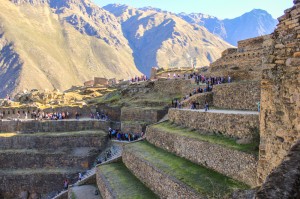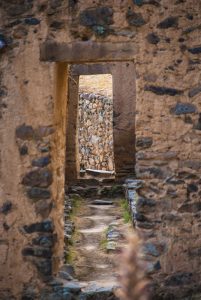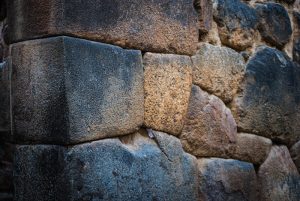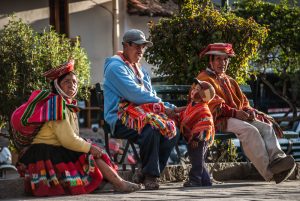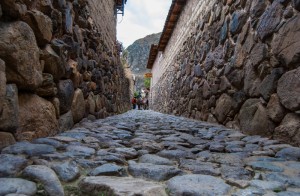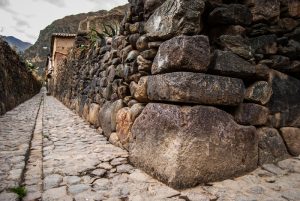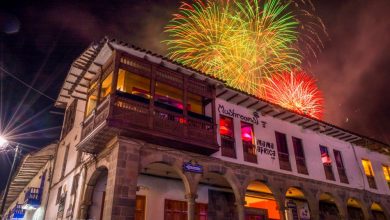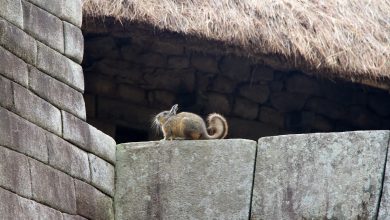Ollantaytambo is a Treasure
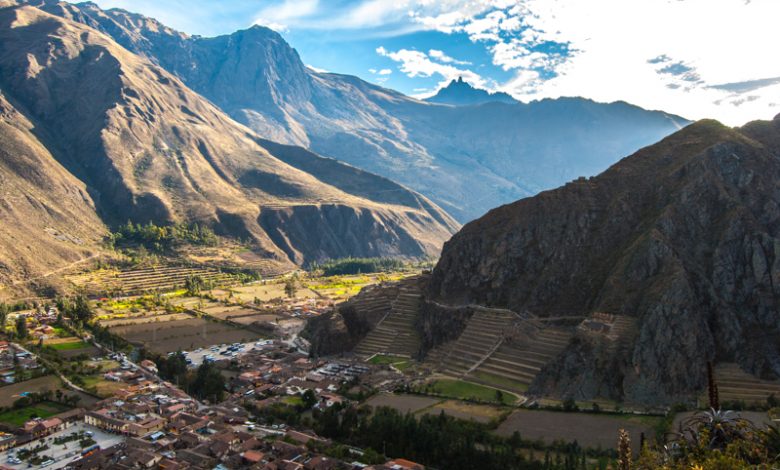
Known as the living Inca city, Ollantaytambo maintains the lines of an Inca town’ its streets and neighborhoods come down from then. Each of the streets has a canal with water either for irrigation or to be utilized as a drain. Its famous enclosures (canchas) have trapezoidal shaped doors with lintels made from a single block of stone. Still today these details impress visitors.
Ollantaytambo was an important adminisitrative center whose role may have been to collect the produce of corn and other foods from this corner of the very fertile Sacred Valley of the Incas. It also probably served military function of defense and maintenance of Inca power. After the Spanish conquest it marked the entrance to the area under the control of thee rump Inca empire that lasts for almost eighty years after the Spanish took control of Cuzco.
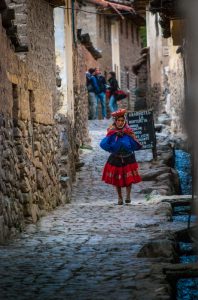
The true name for Ollantaytambo, like so many other places in Peru, has been lost. Its current name comes from two words, the first being a proper name and the other referring to an administrative center. According to legends, Ollantay was an Inca general who was very important and, it seems, helped the Emperor Pachacuted in his consolidation of the Empire.
According to a colonial play written in Quechua, Ollantay fell in love with on of Pachacutec’s daughters, Kusicoyllor. The rules of the day did not allow them to be together, since she was royalty. As a result, Pachacutec punished Ollantay for his love. The two had already had a number of conflicts and Pachacutec had Ollantay imprisoned. He stayed locked up for a considerable time, until the Emperor Tupac Yupanqui liberated him and accepted the marriage between Ollantay and his sister.
If we have the opportunity to vist Ollantaytambo and walk down its streets that even preserve names in Quechua, we will have the opportunity to see some spaces that are found in the immense enclosures (canchas). In this way we can get a better idea of how the people lived.

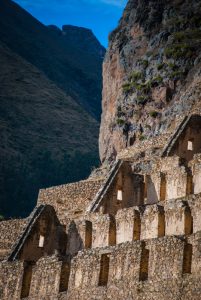
But not all of Ollantaytambo consisted of residences. Like other administrative sectors, the town also had a governmental center, and a religious center. This latter is majestic, with some of the finest stone work in the entire empire, and deserves to be visited all by itself. Nevertheless, it was never completed, The breakout of civil war between the brothers Huascar and Atahuallpa, for control of the empire, as well as the Spanish conquest, kept it from being completed. As a result, however, it is also an important place where we can appreciate Inca construction techniques, as well as their means of transporting the enormous stones for their buildings.
Ollantaytambo also has a significant number of constructions on the hill Pinkuylluna, called collcas, which were mostly for storage of food, clothing, and goods of war. Their engineering is amazing. It is carefully adapted to take advantage of the local geography and climate to preserve food and other goods. At the same time, on the hillsides we can see overlooks, used to keep watch on the valleys of Lares and Killa.
Although for many, the town of Ollantaytambo is simply a station on the way to Machu Picchu, it is well worth a visit in its own right if you wish to understand the life of people in Inca times.
